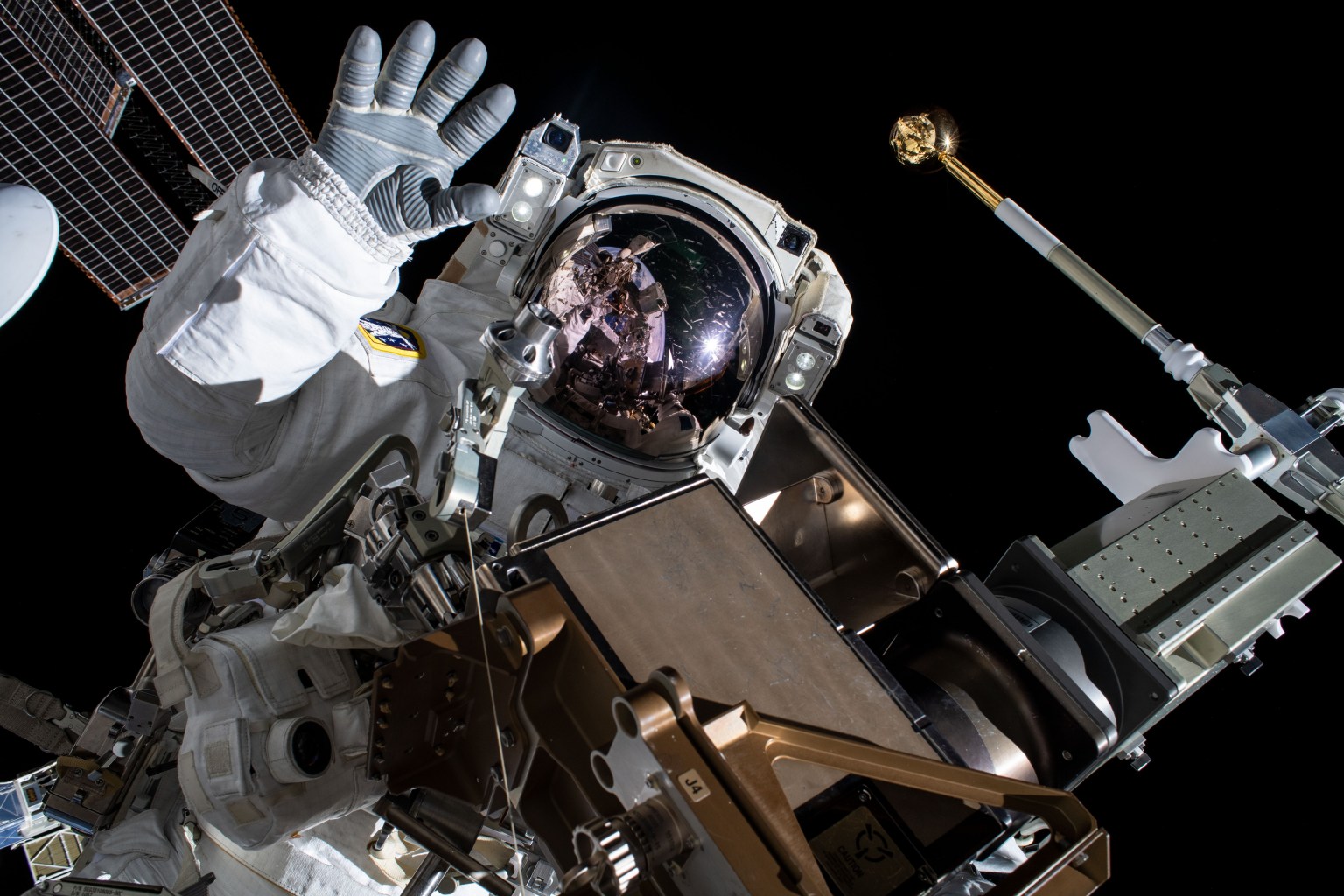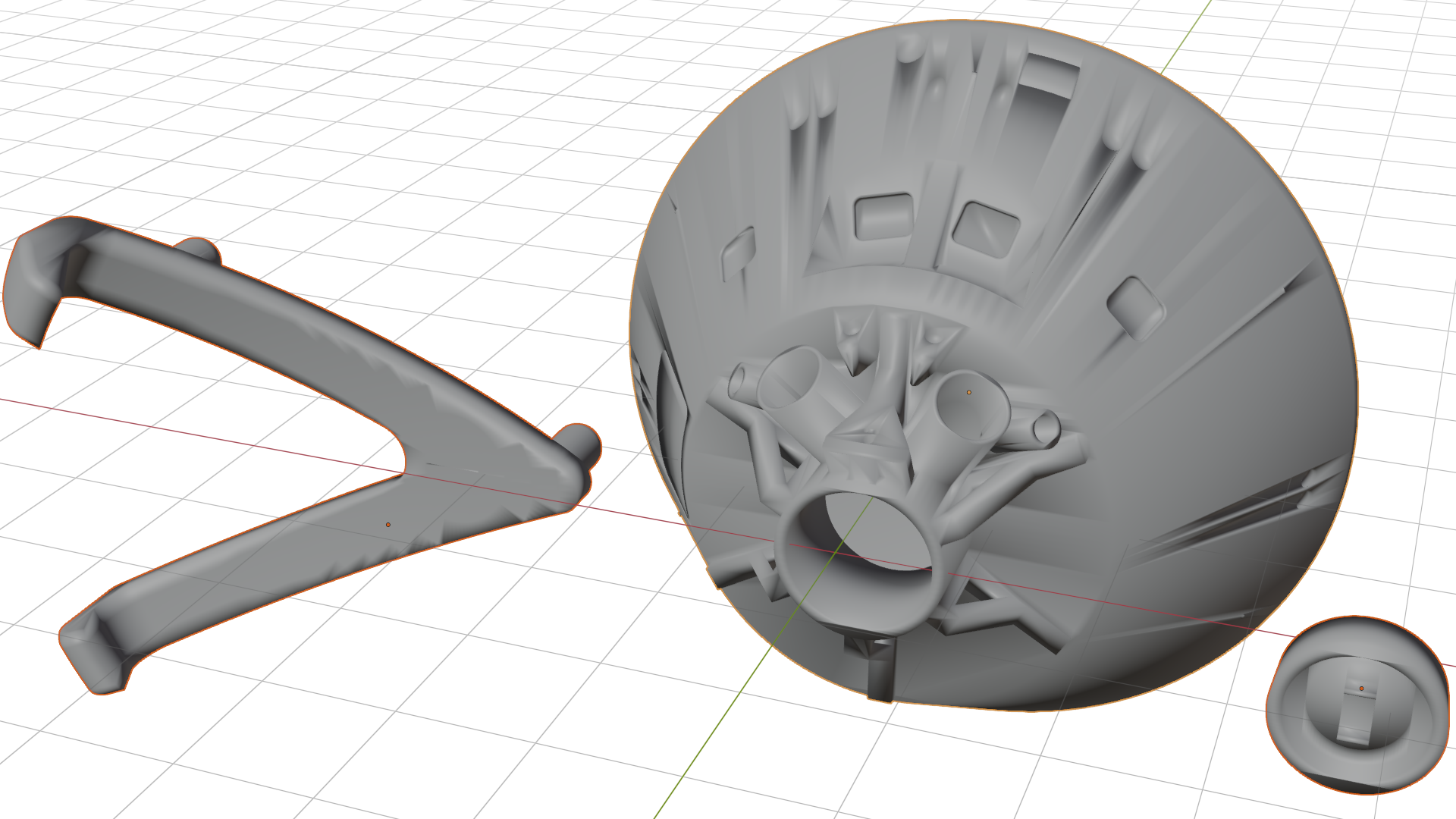NASA’s Human Lander Challenge marked its second year on June 26, awarding $18,000 in prize money to three university teams for their solutions for long-duration cryogenic, or super chilled, liquid storage and transfer systems for spaceflight.
Building on the crewed Artemis II flight test, NASA’s Artemis III mission will send astronauts to explore the lunar South Pole region with a human landing system and advanced spacesuits, preparing humanity to ultimately go to Mars. In-space propulsion systems that use cryogenic liquids as propellants must stay extremely cold to remain in a liquid state and are critical to mission success. The Artemis mission architecture will need these systems to function for several weeks or even months.
NASA announced Embry-Riddle Aeronautical University, Prescott as the overall winner and recipient of the $10,000 top prize award. Old Dominion University won second place and a $5,000 award, followed by Massachusetts Institute of Technology in third place and a $3,000 award.
Before the winners were announced, 12 finalist teams selected in April gave their presentations to a panel of NASA and industry judges as part of the final competition in Huntsville. As part of the 2025 Human Lander Challenge, university teams developed systems-level solutions that could be used within the next 3-5 years for Artemis.
“Today’s Golden Age of Innovation and Exploration students are tomorrow’s mission designers, systems engineers, and explorers,” said Juan Valenzuela, main propulsion systems and cryogenic fluid management subsystems lead for NASA’s Human Landing System Program at NASA’s Marshall Space Flight Center in Huntsville, Alabama. “The Human Lander Challenge concepts at this year’s forum demonstrate the ingenuity, passion, and determination NASA and industry need to help solve long-duration cryogenic storage challenges to advance human exploration to deep space.”
The challenge is sponsored by the agency’s Human Landing System Program within the Exploration Systems Development Mission Directorate and managed by the National Institute of Aerospace.
Through the Artemis campaign, NASA will send astronauts to explore the Moon for scientific discovery, economic benefits, and to build the foundation for the first crewed missions to Mars – for the benefit of all.
For more information about Artemis missions, visit:
News Media Contact
Corinne Beckinger
Marshall Space Flight Center, Huntsville, Ala.
256.544.0034
corinne.m.beckinger@nasa.gov





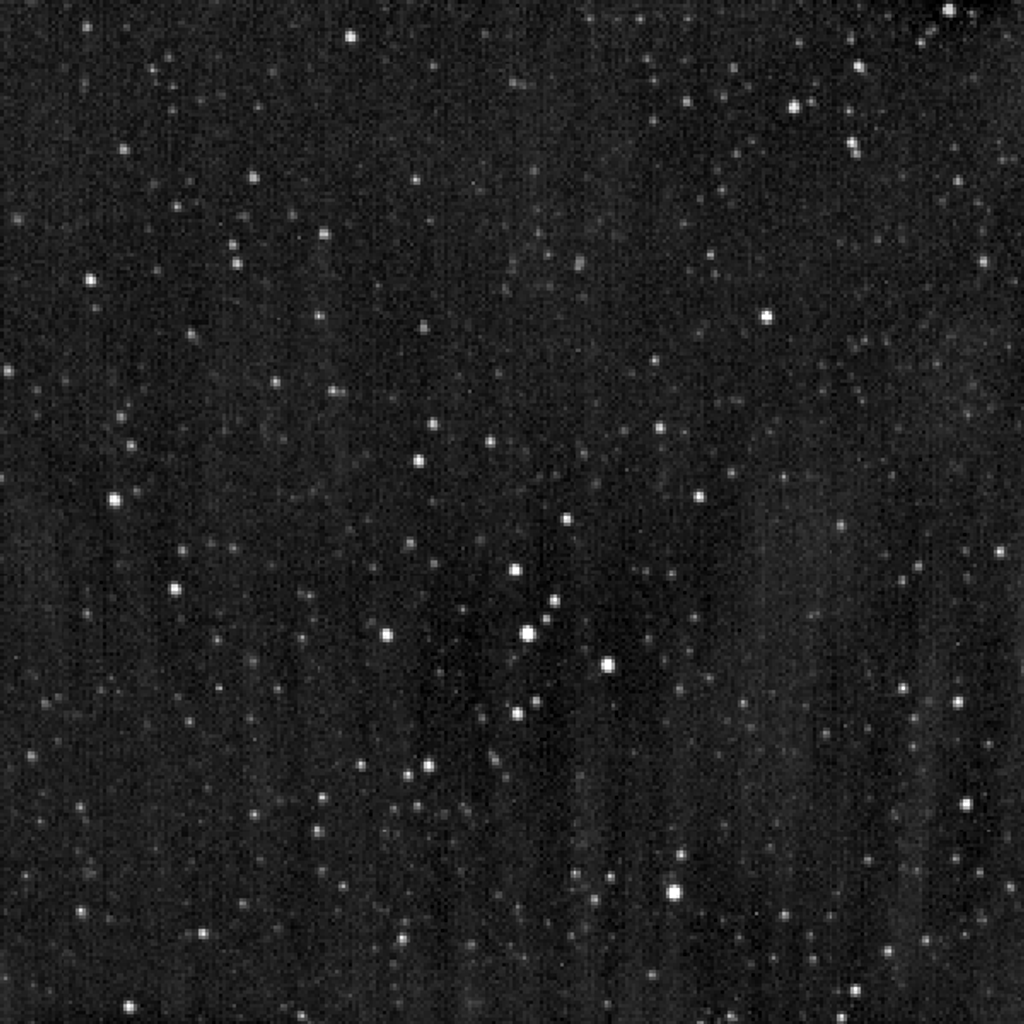












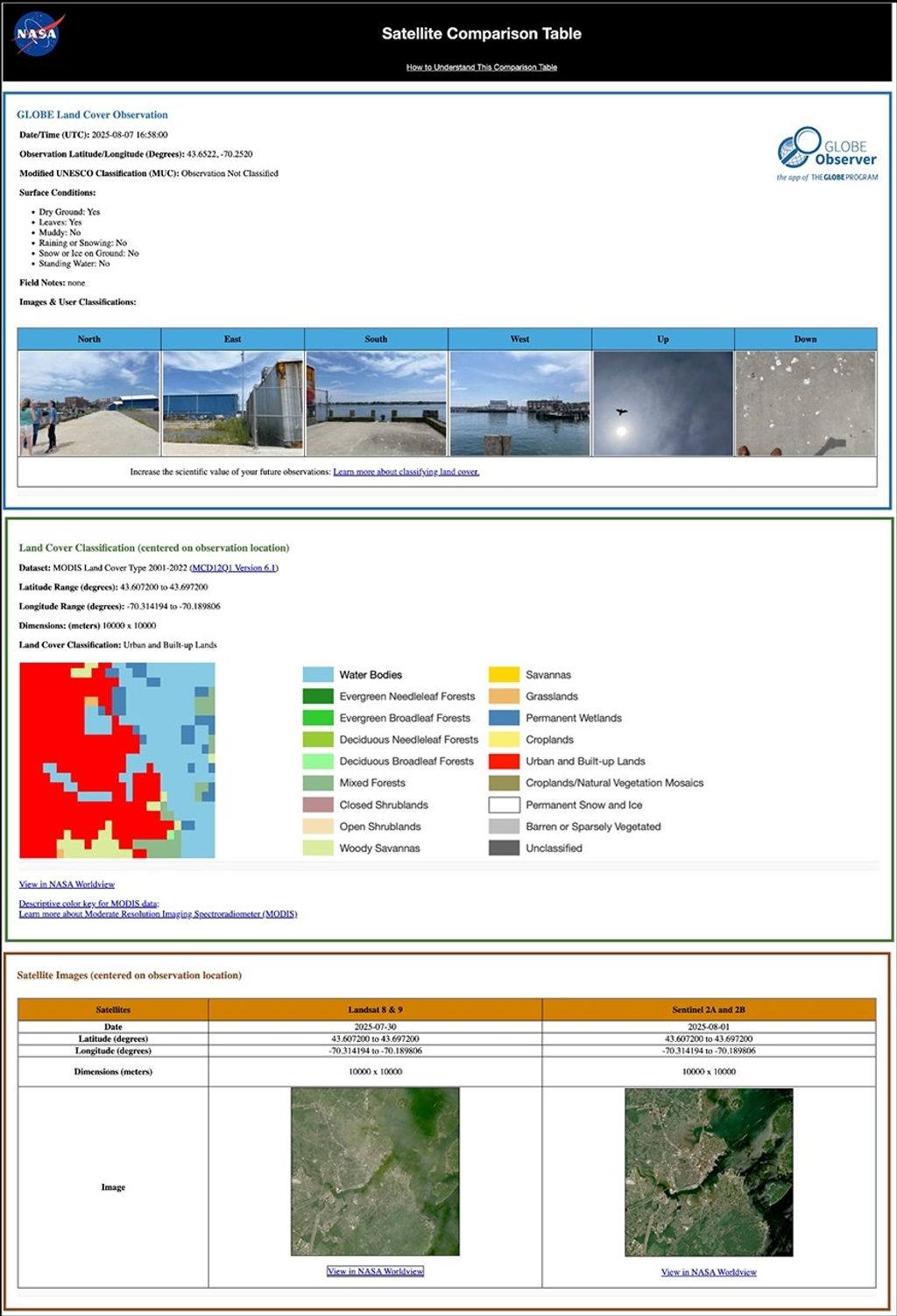




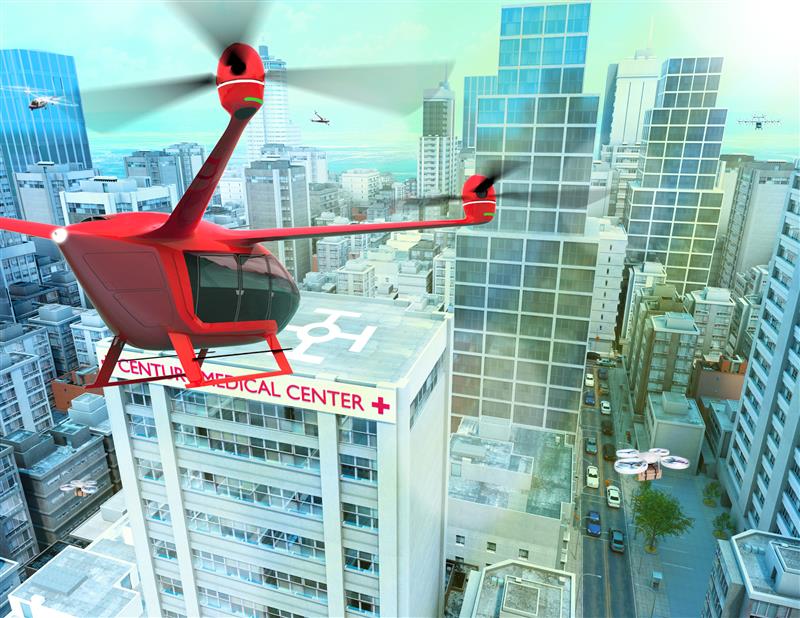

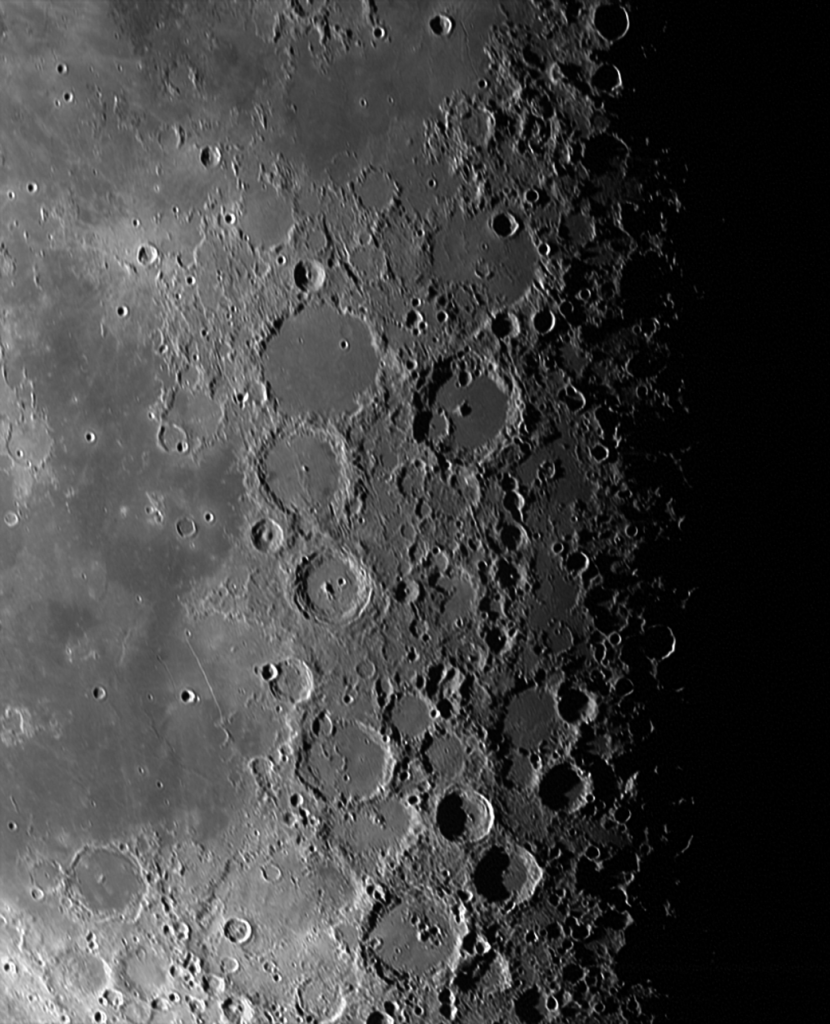
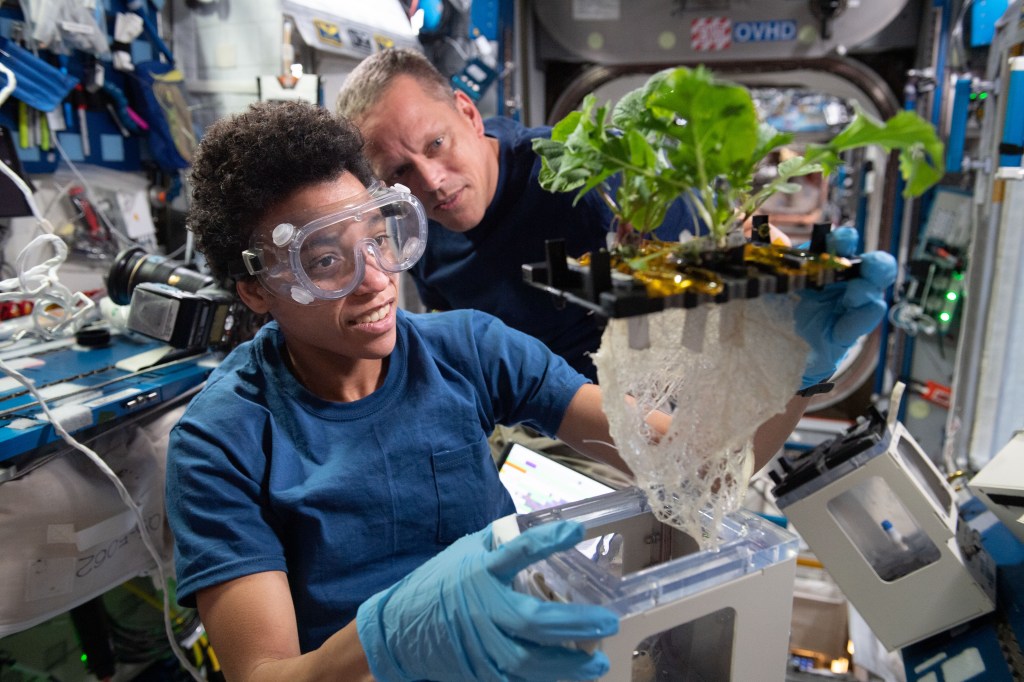




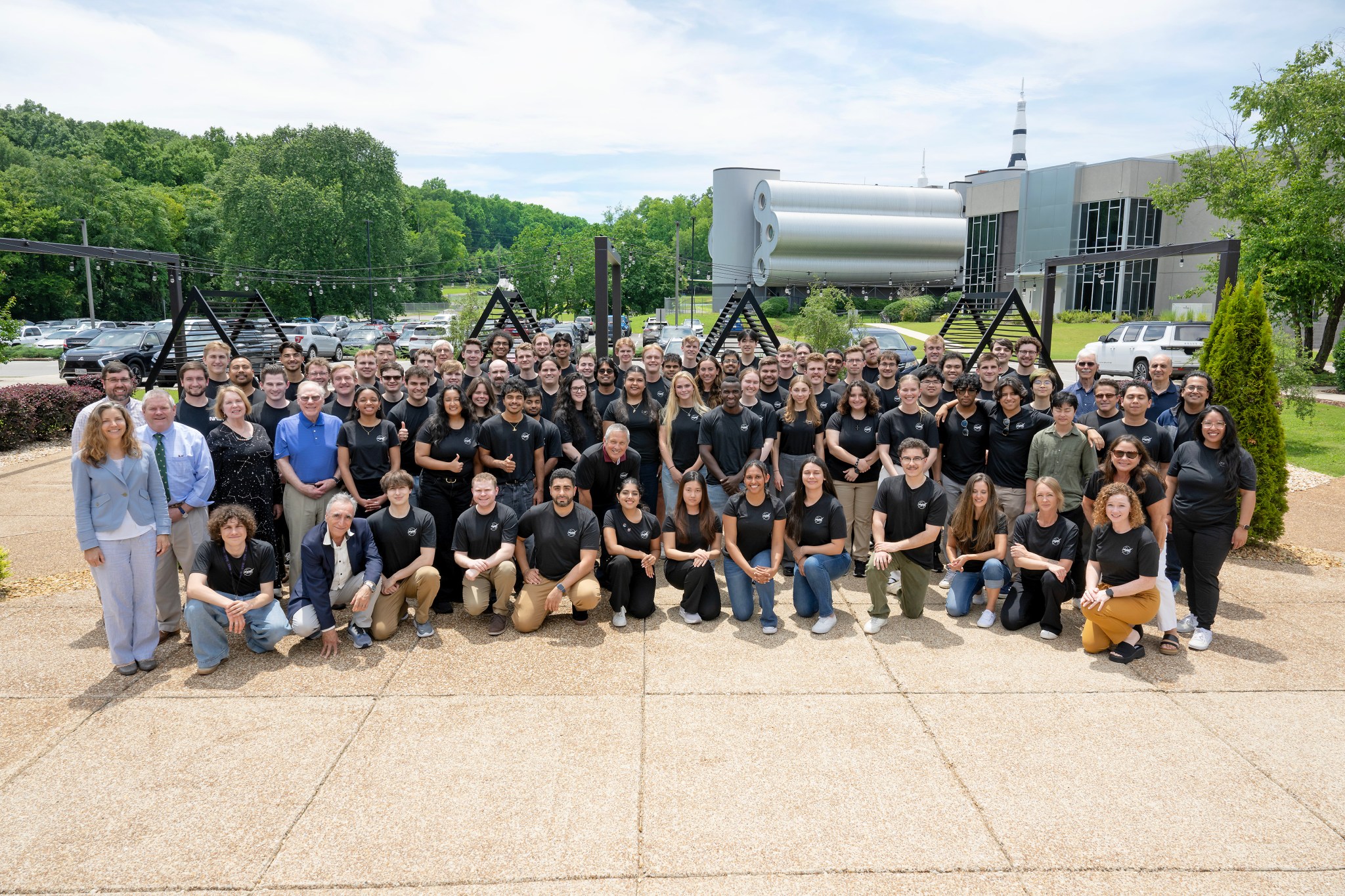
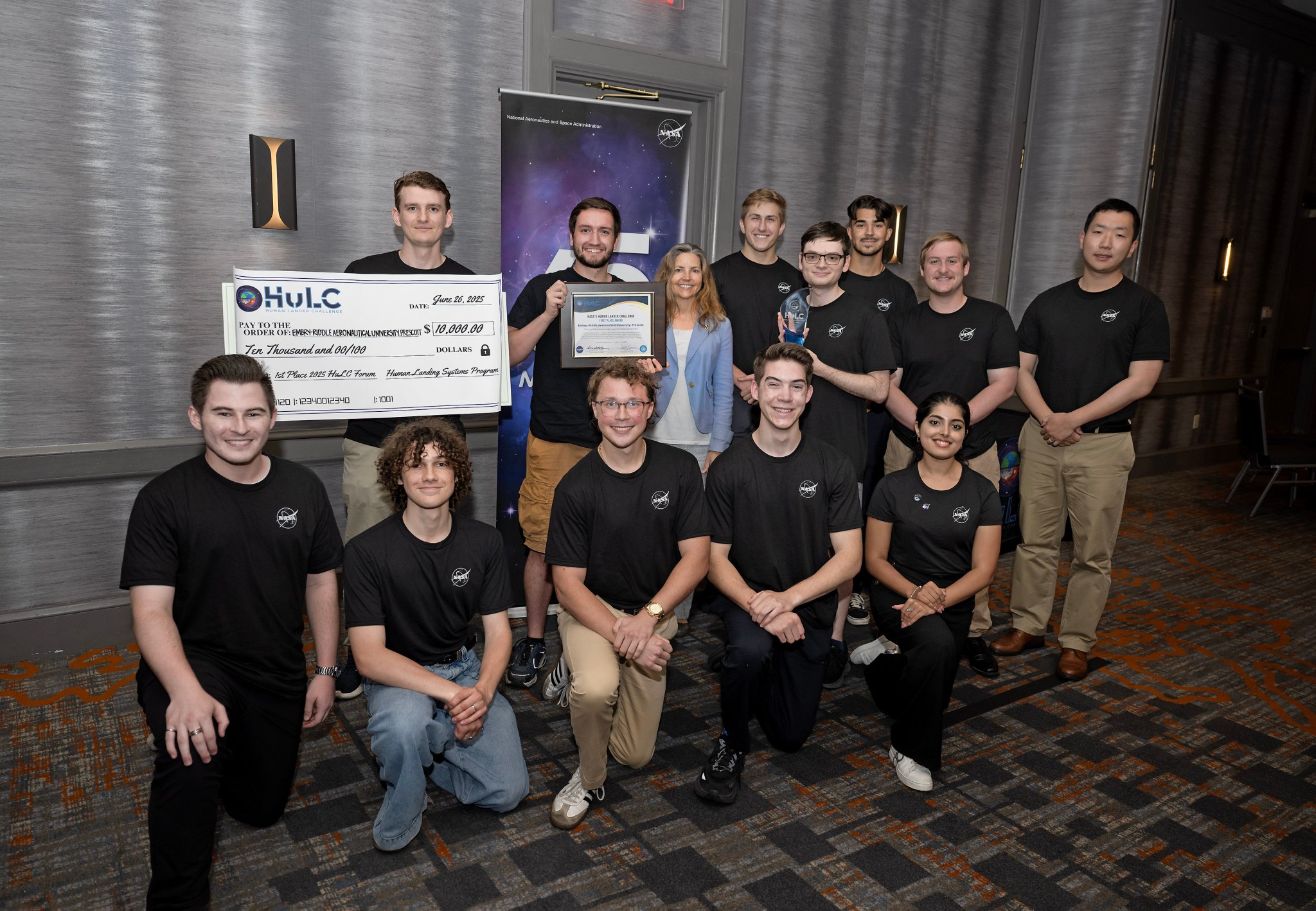
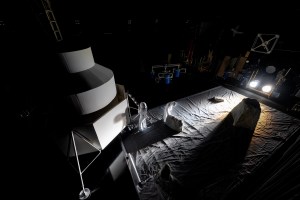


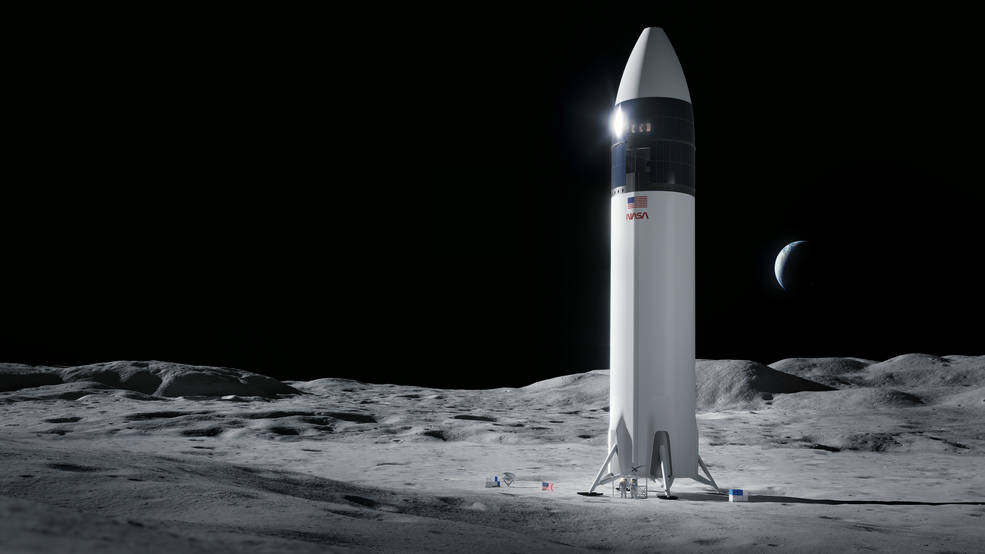
/Space%20Launch%20System%20(SLS).png)
